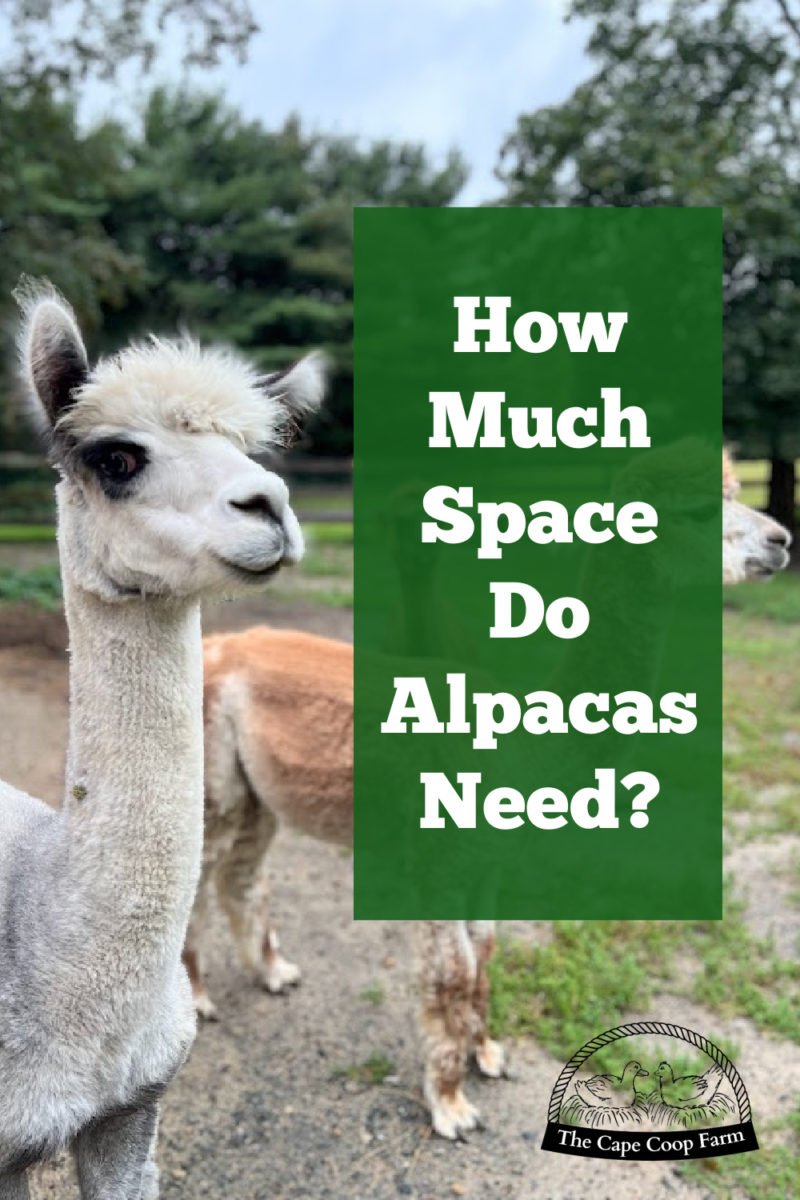
Alpacas require space to roam, graze, and socialize. Just like us, they don’t like feeling cramped! In this guide, we’ll break down how much space you really need for your alpacas, along with some tips for creating their ideal habitat. So, grab a cup of coffee, and let’s dive into the world of alpacas!
Understanding Alpaca Space Requirements
The first thing you should know is that alpacas need room to move around. A common recommendation is at least one acre for a small herd, which generally consists of about three to five alpacas. This space allows them to graze freely, get exercise, and engage in social interactions.
Think of it this way: Would you want to live in a cramped apartment your whole life? Probably not! Alpacas are social animals and need a bit of elbow room—not just for their personal comfort but also for their overall well-being. They’re herd animals, which means they thrive when they have companions around them.
If you’re planning to keep just one alpaca, you might be tempted to think you can get away with a smaller space. But here’s the thing: alpacas can experience stress if they’re alone. Ideally, they should be kept in pairs or groups, making that one-acre guideline even more relevant if you’re considering more than one.
Ideal Grazing Space
Alpacas love to graze on grass and hay, so it’s essential to ensure that they have access to quality forage. Aim for at least half an acre of well-maintained pasture for grazing. This will provide them with ample food options and help maintain a balanced diet.
When considering the landscape, think about the quality of the grass. Good-quality pasture means your alpacas will have enough sustenance, reducing the need for additional feeding. Plus, it’s healthier for them! You wouldn’t want to live on junk food, right?
Creating separate grazing areas can also be beneficial. This allows you to rotate their grazing locations, giving the grass a chance to recover. It’s a win-win situation: your alpacas enjoy fresh grass, and you can maintain your pasture better.
Shelter and Fencing Needs
Alongside space for grazing, alpacas need shelter to protect them from harsh weather conditions. You can use a simple barn or a three-sided shed that provides shade and wind protection. Make sure the shelter is at least 10-12 square feet per alpaca.
Fencing is equally important. Alpacas are curious and can be quite agile, so you’ll need sturdy fencing to keep them safe. Stock fencing or woven wire fencing is recommended, with a height of at least 5 feet.
Here’s a quick rundown of what to consider:
- Size: 10-12 sq ft shelter per alpaca
- Height: Fencing should be at least 5 ft tall
- Type: Stock or woven wire fencing for safety
Providing a secure environment ensures that your alpacas stay safe and comfortable, allowing them to thrive in your space.
Climate Considerations
Climate plays a significant role in how much space your alpacas will need. If you live in an area with harsh winters, they’ll need more space to move around in their shelter. A larger shelter means they can stay cozy while also having room to stretch their legs as needed.
On the flip side, if you’re in a hot climate, adequate shade is crucial. Ensure that part of their grazing area has trees or structures that can provide relief from direct sunlight. A well-structured environment will help keep them cool and content.
Also, consider having access to fresh water in multiple places around your property. Alpacas are creatures of habit; they like to drink where they graze. So, having water stations nearby ensures they stay hydrated and healthy.
Social Dynamics and Behavioral Needs
Alpacas are social beings. They thrive in groups, so when planning space, always consider their social dynamics. A small herd of at least 3-5 alpacas can help reduce stress and promote healthier behavior.
You might wonder, “What if I only want one?” Well, without companions, your alpaca may feel lonely or anxious, leading to behavioral issues. Think of them like your friends at a party—they need others around to have a good time!
Watching alpacas interact can be entertaining too. They engage in playful behaviors that can be fascinating to observe, adding joy to your day. And let’s face it, their quirky personalities will keep you smiling!
Common Challenges and Solutions
As with any animal husbandry, keeping alpacas comes with challenges. Space-related issues often arise. For instance, if you don’t have enough room, you might face health problems for your alpacas, like obesity or stress.
To avoid these pitfalls, ensure that they have enough space to roam freely. If you’re restricted by land, consider alternatives like community sharing with other alpaca owners, allowing them to socialize while managing limited space.
Another challenge is pasture management. Without proper care, your grazing area can become overgrazed or contaminated. Regularly monitor the health of your pasture and adjust your feeding strategies accordingly. This proactive approach keeps your land healthy and prevents costly problems down the line.
So, how much space do you need to keep alpacas? At least an acre for a small herd is a solid start, with appropriate grazing and shelter. Creating a space that fosters their social needs, dietary requirements, and safety is essential for their overall happiness.
Remember, they’re not just pets; they’re companions that thrive in a friendly environment. By understanding their needs for space, shelter, and companionship, you’re well on your way to setting up a home where they can flourish. Enjoy the journey of caring for your fluffy friends; they’ll bring joy and laughter to your days!

